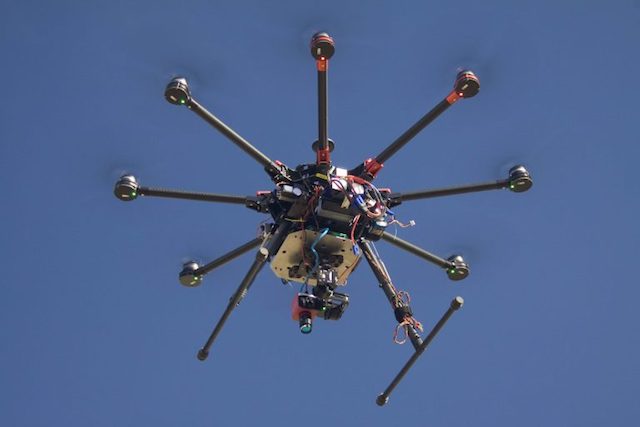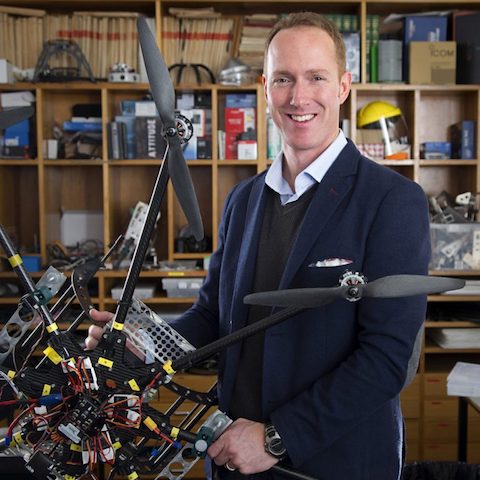Tuesday 4th September 2018, 8:00 pm – The Royal Society Room, TMAG, Hobart
In recent years, the increased use of ‘drones’ in civilian applications has received both positive and negative coverage in the media. Many find the thought of flying robots that ‘invade’ people’s lives or pose risks to passenger airplanes too intimidating and unacceptable. However, this presentation will show that drones (preferably termed Unmanned Aircraft Systems or UAS) fill a novel and exciting niche when it comes to observing, mapping, and monitoring the environment at unprecedented levels of detail.
The TerraLuma research project at the University of Tasmania has developed novel tools and algorithms for environmental remote sensing applications and aerial surveys using UAS. We have worked on a range of applications, including precision agriculture and viticulture; mapping and monitoring vegetation in remote locations such as Antarctica; deriving 3D tree structure for forest inventories; landslide deformation monitoring; 3D stock pile and quarry surveys and volume estimations; assessment of coastal erosion; mapping of geological structures; better understanding functions of natural vegetation communities such as saltmarshes; transforming images into knowledge.
Associate Professor Lucieer will give an overview of the technology and exciting applications of UAS remote sensing. I will share our practical field experiences, our ups and downs, dos and don’ts from the last nine years of operating UAS for remote sensing research.
Arko Lucieer is an Associate Professor in Remote Sensing at The University of Tasmania, Australia. He leads the TerraLumaresearch group, focusing on the development and application of unmanned aircraft systems (UAS), sensor integration, and image processing techniques for environmental, agricultural, and high-precision aerial mapping applications. Arko teaches remote sensing and GIS at the undergraduate and graduate levels. He obtained his PhD degree in 2004 from the International Institute for Geo-Information Science and Earth Observation (ITC) and Utrecht University in The Netherlands. His current focus is on quantitative remote sensing of vegetation with the use of sophisticated UAS sensors to better understand the structure, distribution, and functioning of vegetation, and to bridge the observational scale gap between field samples and satellite observations.


